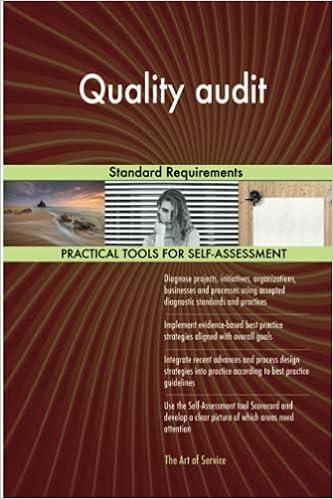Question
The Hospital for Ending Long-term Problems (HELP) had the following financial events during the year: 1. HELP collected $ 250,000 in cash that it had
The Hospital for Ending Long-term Problems (HELP) had the following financial events during the year: 1. HELP collected $ 250,000 in cash that it had billed to the federal government under Medicare. The money had been earned in the prior fiscal year and was recorded as revenue then. 2. HELP paid back $ 100,000 it borrowed at the end of last year on a line of credit. The bank did not charge interest. 3. HELP bought $ 25,000 in supplies to treat patients. HELP paid the supplier for all the supplies with cash. 4. HELP belongs to the state hospital association, and its membership is current (meaning it is paid up through the end of the year). HELP receives an invoice for $ 75,000 for next year's fees but has not paid it yet. 5. HELP replaced many of the patient examination tables. They cost $ 50,000 and HELP put $ 10,000 down in cash. The rest is still owed. 6. HELP paid $ 65,000 it owed employees from last year. Employees had earned this last fiscal year, and it was recorded as an expense then. Show the impact of these transactions on the fundamental equation of accounting.
HELP started the year with the following account balances (shown in alphabetical order): Accounts Receivable ..............$ 300,000 Cash ........................135,000 Accounts Payable ..................0 Equipment ...............................70,000 Line of Credit .........................100,000 Permanently Restricted Net Assets ..........167,000 Supplies .....................................7,000 Temporarily Restricted Net Assets .........50,000 Unrestricted Net Assets ...............125,000 Wages Payable .........................70,000 Record these opening balances and the transactions from above
Use the ending balances from the problem above to prepare a balance sheet.

Step by Step Solution
There are 3 Steps involved in it
Step: 1

Get Instant Access to Expert-Tailored Solutions
See step-by-step solutions with expert insights and AI powered tools for academic success
Step: 2

Step: 3

Ace Your Homework with AI
Get the answers you need in no time with our AI-driven, step-by-step assistance
Get Started


